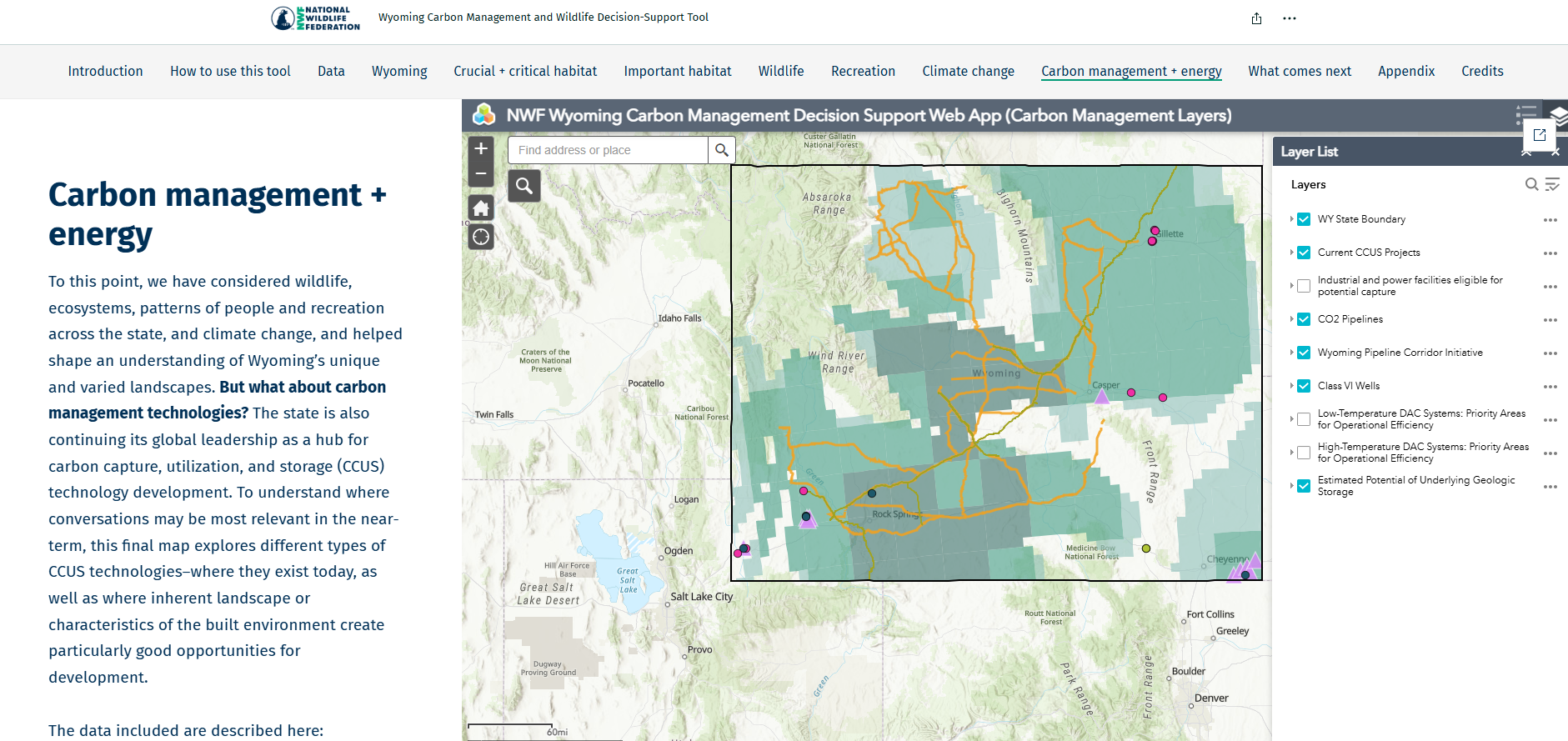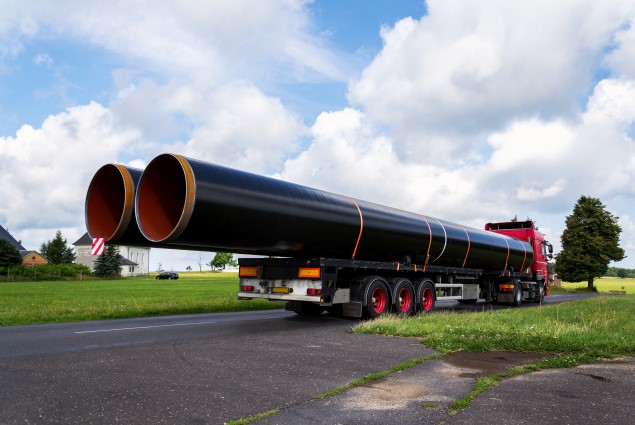Our Software: CO2NCORD
CO2NCORD is our most advanced software & database for identifying and characterizing carbon capture opportunities to maximize CO2 capture and minimize costs
The CO2 National Capture Opportunities and Readiness Data (CO2NCORD) software is a cutting-edge emissions database that provides users with detailed estimates of where CO2 could be captured, how much could be captured, and at what cost.
CO2NCORD rapidly identifies and characterizes CO2 capture opportunities, including streams of capturable CO2, sector-based costs, and co-benefits analysis.

How It Works




CO2 Capture and Co-Benefit Assessment
Our CO2NCORD software is used in our CO2 Capture and Co-Benefit Assessment service, which analyzes capturable emissions, as well as costs, and health benefits associated with carbon capture.
Learn more about CO₂NCORD and how it can benefit your organization.
While we use many data sources, some of the primary data sources we consider are the EPA’s Greenhouse Gas Reporting Program (GHGRP) data, the EPA’s Emissions & Generation Resource Integrated Database (eGRID), and the EIA’s Ethanol Plant Production Capacity report.
Our Team



Information Hub
Learn more about the CO₂NCORD projects we have completed across the country.




Collaborating with the very knowledgeable Carbon Solutions team members was a pleasure. They have been very responsive and helpful in assisting with use of their state-of-the-art modeling tools for CO2 pipeline sizing, costing, and routing, as well as with preliminary suitability screening of potential CO2 storage reservoirs.
Arya Gunawan, Cecelia Isaac, and Eric Larson
